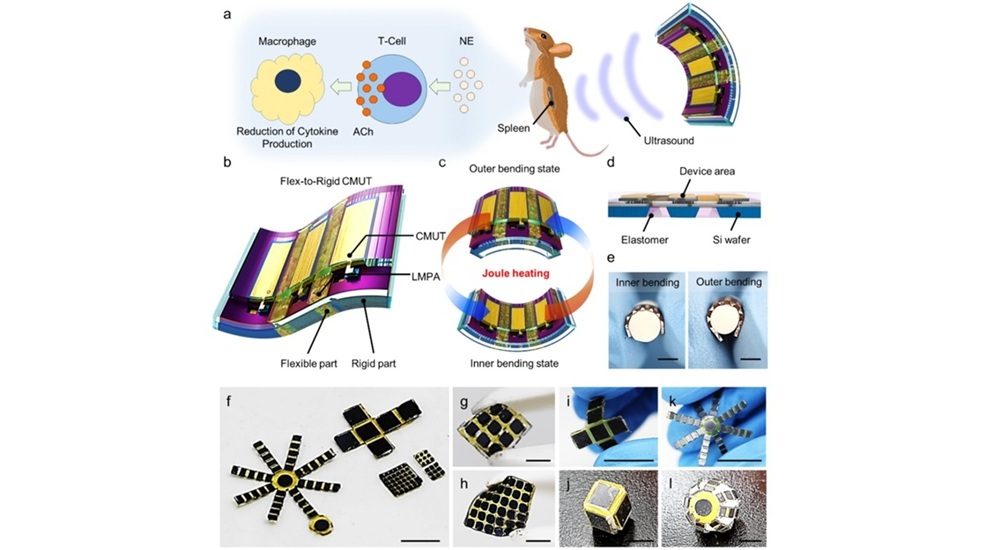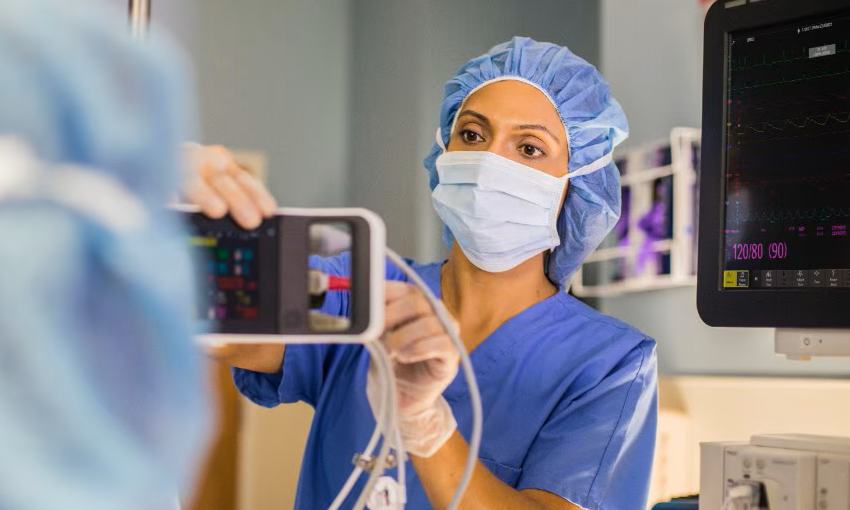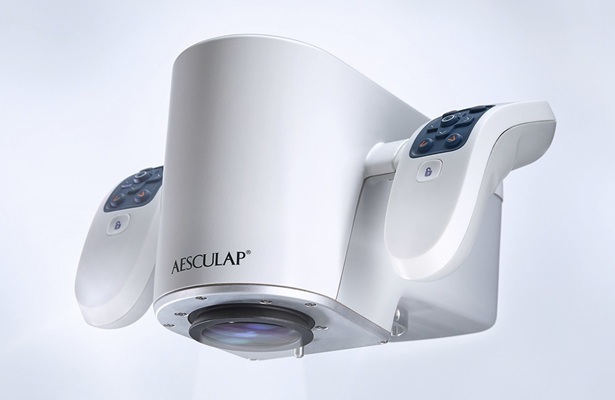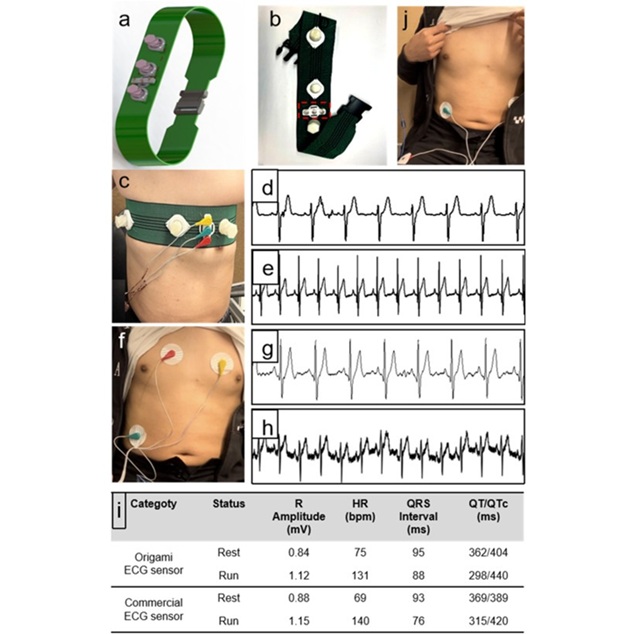First Light Field-Enabled Spine Surgery Navigation Platform Reduces Need for Intraoperative Radiation
|
By HospiMedica International staff writers Posted on 31 Jul 2023 |
 (1).png)
The human body, with its complex and dynamic structures, represents one of the world's most diverse and valuable data sources. Yet, conventional surgical navigation systems capture minimal intraoperative data, relying largely on preoperative data to guide procedures and using high-radiation intraoperative scans to fill in the missing information. Now, an innovative spine surgery navigation platform is leveraging light field technology and artificial intelligence to create a real-time 3D visualization of surgical operations, offering a sophisticated alternative to traditional surgical navigation technologies that can distract surgeons and disrupt workflow.
Proprio’s (Seattle, WA, USA) Paradigm spine surgery navigation platform is the first to incorporate light field technology into spine surgery navigation, generating a real-time 3D view of the surgical area and anatomy. The system employs a state-of-the-art sensor suite to gather high-definition multimodal intraoperative images and merges this data with preoperative scans. This technology equips surgeons with valuable information, including intraoperative imaging and robust visualization capabilities, without the need for harmful radiation or interrupting workflow.
The Paradigm platform offers numerous benefits for both surgeons and patients. It eliminates the requirement for intraoperative scans, thereby reducing radiation exposure for patients and surgical staff, and saving up to 30 minutes per procedure, which enhances patient care availability. By quickly aligning imaging data with the anatomy within surgical workflows, Paradigm ensures high accuracy and allows surgeons to maintain their focus on the patient. The real-time, 3D, multi-modal data from Proprio presents a substantial improvement over current static surgical navigation methods. The company anticipates applying its technology to a range of surgical specialties beyond its initial applications in spine procedures. Capable of amassing a wealth of surgical data, Proprio's Paradigm system could be instrumental in developing numerous applications beyond the conventional approaches to surgery. The Paradigm system has received 510(k) clearance from the U.S. Food and Drug Administration (FDA).
"We are very enthusiastic about the potential for Paradigm to enable clinicians to revolutionize spine surgery," said Gabriel Jones, CEO and Co-Founder of Proprio. "We're reimagining how surgery is done, rather than reconfiguring legacy tools. This uniquely positions our system to effectively capture the valuable data needed to feed advanced computer vision and deep learning models to recognize, track and analyze complex anatomical structures. The potential of this technology in the hands of skilled clinicians has us all very optimistic about the future of surgical practice."
Related Links:
Proprio
Latest Surgical Techniques News
- Novel Endoscopy Technique Provides Access to Deep Lung Tumors
- New Study Findings Could Halve Number of Stent Procedures
- Breakthrough Surgical Device Redefines Hip Arthroscopy
- Automated System Enables Real-Time "Molecular Pathology" During Cancer Surgery
- Groundbreaking Procedure Combines New Treatments for Liver Tumors
- Ablation Reduces Stroke Risk Associated with Atrial Fibrillation
- Optical Tracking Method Identifies Target Areas in Robot-Assisted Neurosurgery
- General Anesthesia Improves Post-Surgery Outcomes for Acute Stroke Patients
- Drug-Coated Balloons Can Replace Stents Even in Larger Coronary Arteries
- Magnetic Kidney Stone Retrieval Device Outperforms Ureteroscopic Laser Lithotripsy
- Absorbable Skull Device Could Replace Traditional Metal Implants Used After Brain Surgery
- Magic Silicone Liquid Powered Robots Perform MIS in Narrow Cavities
- 'Lab-on-a-Scalpel' Provides Real-Time Surgical Insights for POC Diagnostics in OR
- Biodegradable Brain Implant Prevents Glioblastoma Recurrence
- Tiny 3D Printer Reconstructs Tissues During Vocal Cord Surgery
- Minimally Invasive Procedure for Aortic Valve Disease Has Similar Outcomes as Surgery
Channels
Critical Care
view channel
Nanogel Technology Almost 100% Effective in Destroying Drug-Resistant Bacteria Within Hours
Antibiotic resistance is one of the most serious global health threats, driven by bacteria that evade treatment and form protective biofilms that shield them from drugs. Pathogens such as Pseudomonas aeruginosa,... Read more
Wearable Ultrasound Sensor Delivers Noninvasive Treatment Without Surgery
Wearable ultrasound devices have long struggled with low acoustic power and poor structural stability, limiting their use in high-resolution imaging and therapeutic applications. Conventional flexible... Read morePatient Care
view channel
Revolutionary Automatic IV-Line Flushing Device to Enhance Infusion Care
More than 80% of in-hospital patients receive intravenous (IV) therapy. Every dose of IV medicine delivered in a small volume (<250 mL) infusion bag should be followed by subsequent flushing to ensure... Read more
VR Training Tool Combats Contamination of Portable Medical Equipment
Healthcare-associated infections (HAIs) impact one in every 31 patients, cause nearly 100,000 deaths each year, and cost USD 28.4 billion in direct medical expenses. Notably, up to 75% of these infections... Read more
Portable Biosensor Platform to Reduce Hospital-Acquired Infections
Approximately 4 million patients in the European Union acquire healthcare-associated infections (HAIs) or nosocomial infections each year, with around 37,000 deaths directly resulting from these infections,... Read moreFirst-Of-Its-Kind Portable Germicidal Light Technology Disinfects High-Touch Clinical Surfaces in Seconds
Reducing healthcare-acquired infections (HAIs) remains a pressing issue within global healthcare systems. In the United States alone, 1.7 million patients contract HAIs annually, leading to approximately... Read moreHealth IT
view channel
EMR-Based Tool Predicts Graft Failure After Kidney Transplant
Kidney transplantation offers patients with end-stage kidney disease longer survival and better quality of life than dialysis, yet graft failure remains a major challenge. Although a successful transplant... Read more
Printable Molecule-Selective Nanoparticles Enable Mass Production of Wearable Biosensors
The future of medicine is likely to focus on the personalization of healthcare—understanding exactly what an individual requires and delivering the appropriate combination of nutrients, metabolites, and... Read moreBusiness
view channel
Philips and Masimo Partner to Advance Patient Monitoring Measurement Technologies
Royal Philips (Amsterdam, Netherlands) and Masimo (Irvine, California, USA) have renewed their multi-year strategic collaboration, combining Philips’ expertise in patient monitoring with Masimo’s noninvasive... Read more
B. Braun Acquires Digital Microsurgery Company True Digital Surgery
The high-end microsurgery market in neurosurgery, spine, and ENT is undergoing a significant transformation. Traditional analog microscopes are giving way to digital exoscopes, which provide improved visualization,... Read more
CMEF 2025 to Promote Holistic and High-Quality Development of Medical and Health Industry
The 92nd China International Medical Equipment Fair (CMEF 2025) Autumn Exhibition is scheduled to be held from September 26 to 29 at the China Import and Export Fair Complex (Canton Fair Complex) in Guangzhou.... Read more















